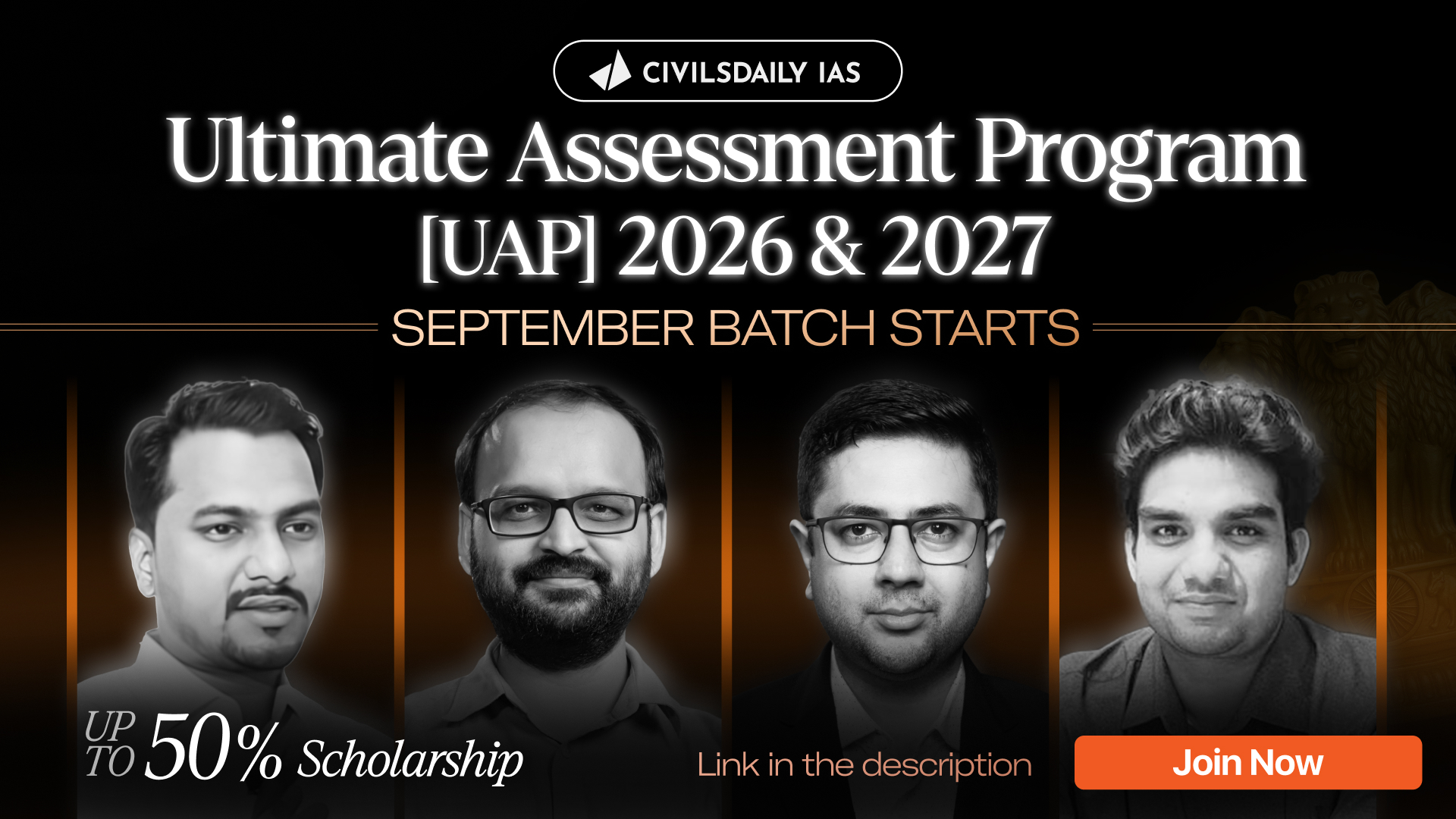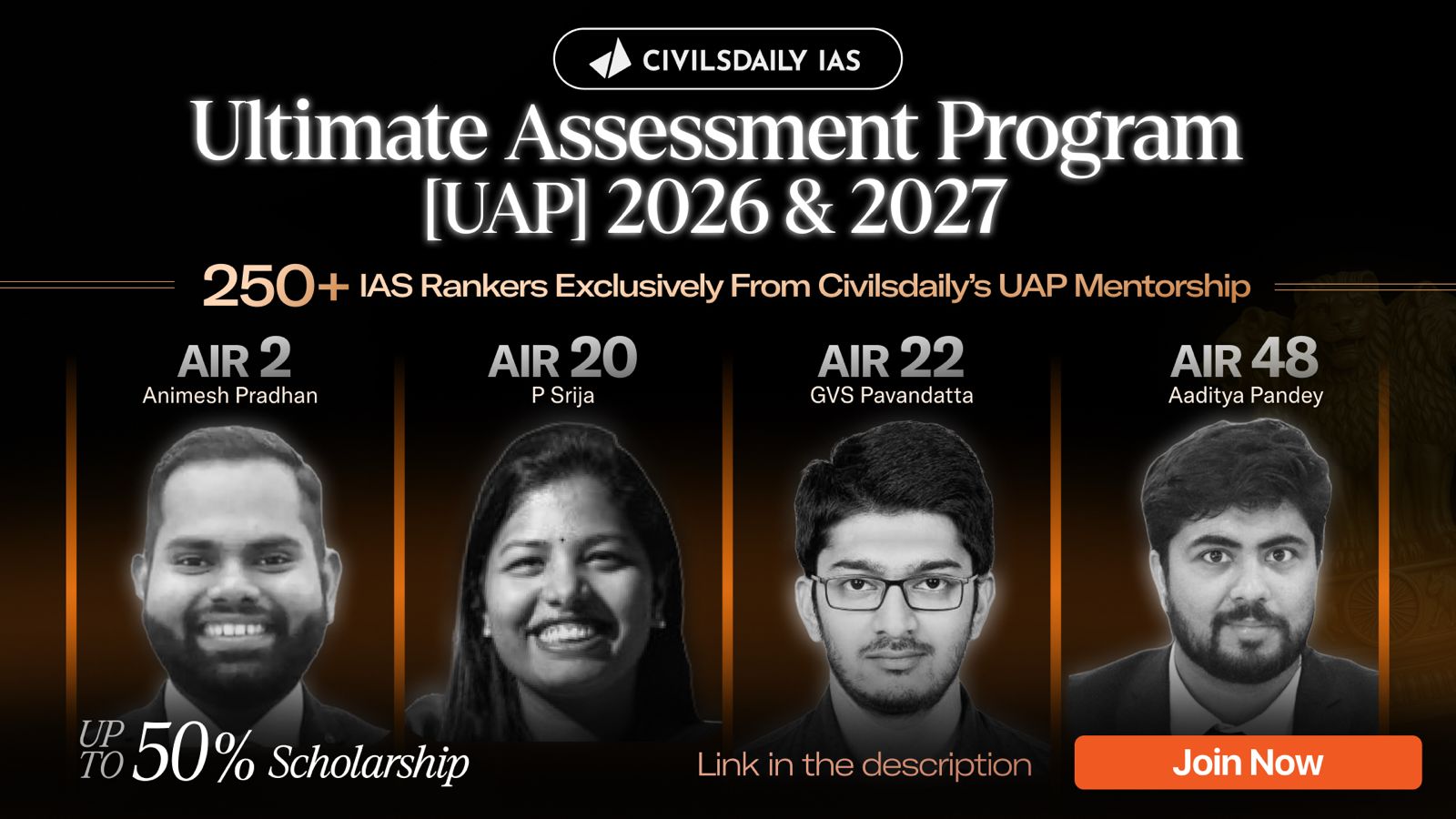Why in the News?
The UN Framework Convention on Climate Change (UNFCCC) negotiations are facing a credibility crisis, as years of underperformance, weak accountability, and neglect of developing countries’ concerns have created growing frustration.
About the UN Framework Convention on Climate Change (UNFCCC):
- Overview: The UNFCCC is an international treaty adopted at the 1992 Rio Earth Summit to address climate change by stabilizing greenhouse gas (GHG) concentrations in the atmosphere.
- Entry into Force: The Convention entered into force on 21 March 1994 and currently has 197 Parties, including all UN member states.
- Governing Body – COP: The Conference of the Parties (COP) is the supreme decision-making body under the UNFCCC, which meets annually to assess progress and set new targets.
- Consensus-Based Process: The Convention operates on the principle of consensus, meaning all Parties must agree for a decision to be adopted.
- Article 2 Objective: The objective of the UNFCCC, as per Article 2, is to stabilize GHG levels at a point that prevents dangerous anthropogenic interference with the climate system.
- Key Agreements: The UNFCCC framework led to major global climate agreements such as the Kyoto Protocol (1997) and the Paris Agreement (2015).
- Institutional Structure: It has three main institutional bodies:
-
- SBSTA: Subsidiary Body for Scientific and Technological Advice
- SBI: Subsidiary Body for Implementation
- UNFCCC Secretariat: Headquartered in Bonn, Germany
- Party Classifications:
- Annex I: Developed countries (OECD + Economies in Transition); Obligated to reduce GHG emissions and submit regular reports.
- Annex II: Subset of Annex I (OECD members); Required to provide financial and technological support to developing countries.
- Non-Annex I: Developing countries; No binding emission targets but eligible for support and encouraged to act voluntarily.
- LDCs (Least Developed Countries): Low-income, highly vulnerable nations; Receive priority support under UNFCCC for adaptation and capacity building.
India and the UNFCCC:
|
Issues with the UNFCCC Process:
- Weak Enforcement: The process lacks enforcement mechanisms; countries that fail to meet commitments face no penalties.
- Consensus Delays: The consensus-based approach often leads to delays and diluted agreements due to the ability of a few nations to block progress.
- Unmet Commitments: Developed countries have not fulfilled the promised $100 billion per year in climate finance, which was due by 2020.
- Neglected Developing Country Needs: Critical needs for adaptation finance, capacity building, and technology transfer remain largely unmet for developing nations.
- Controversial Host Nations: The selection of host countries (e.g., UAE for COP28 and Azerbaijan for COP29) has drawn criticism due to their fossil fuel dependence.
- Demand for Reforms: At the Bonn Climate Conference (2024), developing countries called for reforms such as:
- Shifting to majority-based decision-making
- Imposing limits on fossil fuel industry participation in climate talks
| [UPSC 2016] With reference to the Agreement at the UNFCCC Meeting in Paris in 2015, which of the following statements is/are correct?
1. The Agreement was signed by all the member countries of the UN and it will go into effect in 2017. 2. The Agreement aims to limit the greenhouse gas emissions so that the rise in average global temperature by the end of this century does not exceed 2°C or even 1.5°C above pre-industrial levels. 3. Developed countries acknowledged their historical responsibility in global warming and committed to donate $1000 billion a year from 2020 to help developing countries to cope with climate change. Select the correct answer using the code given below: (a) 1 and 3 only (b) 2 only (c) 2 and 3 only (d) 1, 2 and 3 |
Get an IAS/IPS ranker as your 1: 1 personal mentor for UPSC 2024

